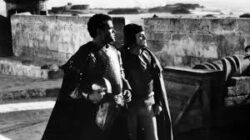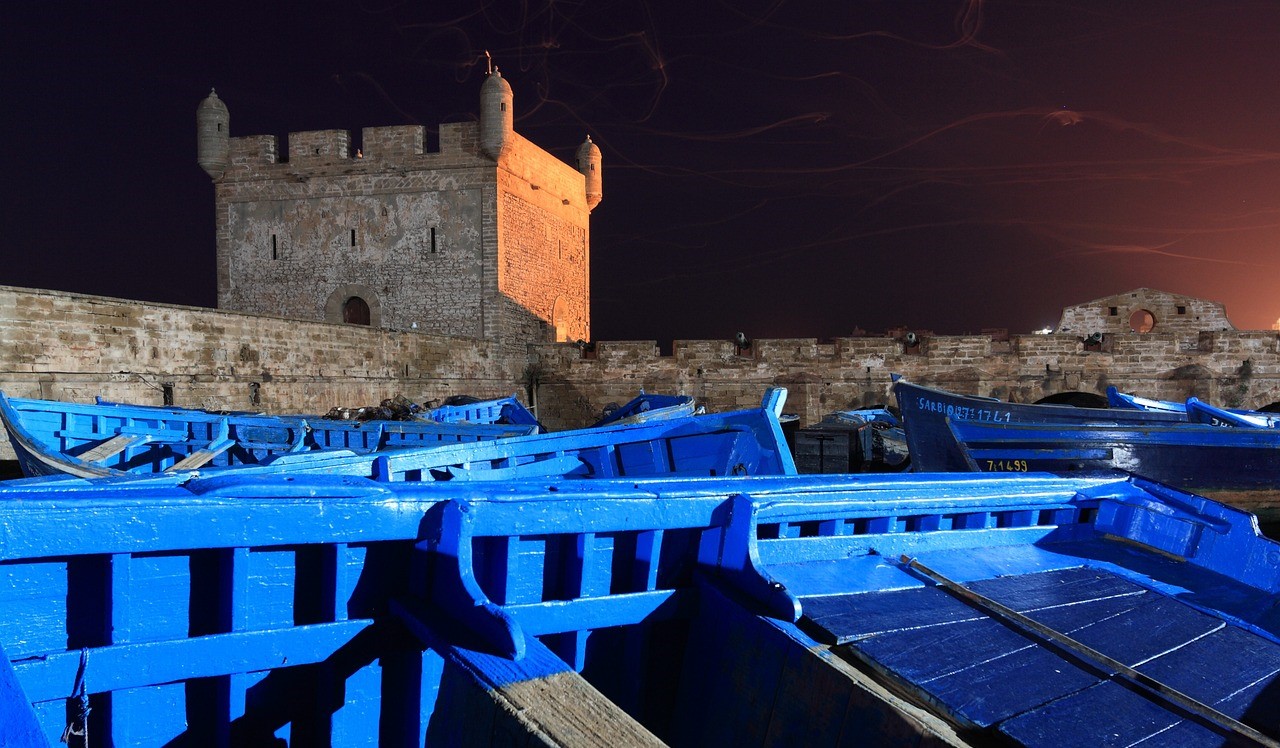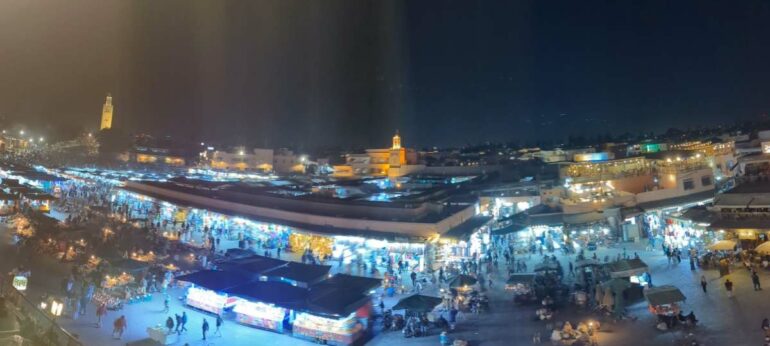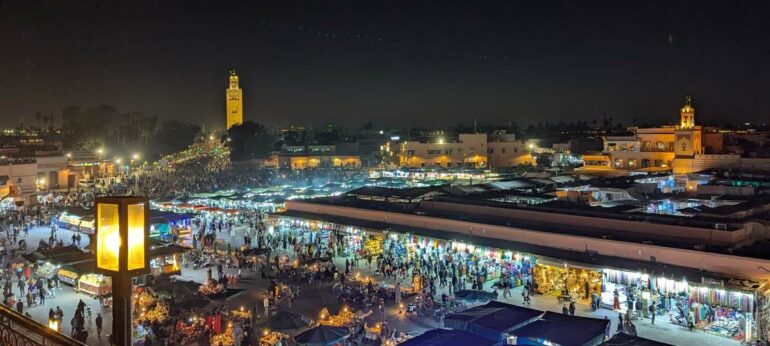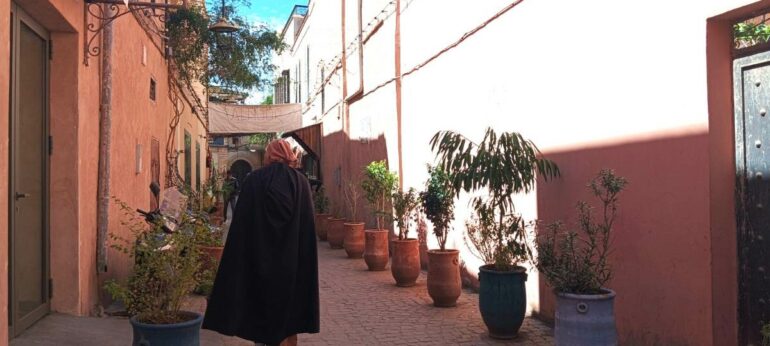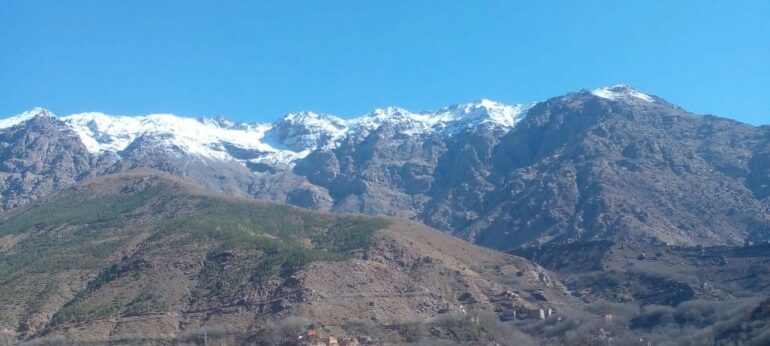One could spend hours looking at the boats, watching and listening to the seagulls
The howling symphony of gulls and seagulls never ends.
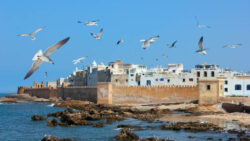
The word “gull” is probably derived from a brythonic Celtic word “gwylan”, meaning “wail”, but they also seem to laugh, sneer, sing, alert, invective, who really knows?
Undoubtedly, some fishermen of Essaouira end up knowing the language of sea birds because of their daily frequentation and being able to interpret the shrill cries of these gluttonous animals who fly in a ballet circling the small port. Like hunting squadrons they swoop down on the remains of fish and crustaceans that litter the ground. They know that they are the permanent guests of this uninterrupted royal meal.
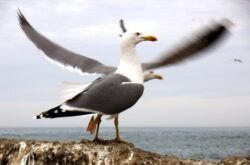
Could there be some descendants of Jonathan Livingstone among them? The famous seagull of the 1970s celebrated in a novel, in a movie, in songs, has certainly extended its flight over the coastal Moroccan town, where Donovan, Jimmy Hendrix, Cat Stevens, Mick Jagger could be easily met. Moreover, hippie culture still seems to be present in the streets of the little citadel.
Observing the birds that behave like real masters of the place can also evoke Alfred Hitchcock’s less psychedelic film.
In 1949, another great director set up his cameras on the misty ramparts of the city that was still called Mogador. Orson Welles filmed his version of the Shakespearean tragedy Othello there. Older locals remember well the hours spent playing the roles of soldiers dressed in armor made from tin cans!
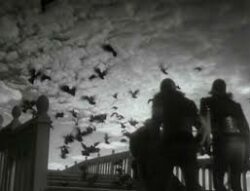
In any case, the Moroccan “Saint-Malo” fascinates and captivates its visitors.
Now, one could dream while watching the docks where the floukas, small local boats, gently sway. The accumulation of deep blue boats in these basins exudes a lot of poetry.
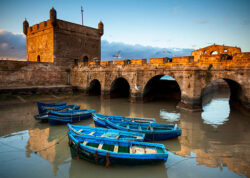
A very long time ago, the Berbers started to make them and the ancestral techniques have been perpetuated.
The shipbuilding activity has been an integral part of the identity of Essaouira since the creation of the port in the eighteenth century and has followed the vagaries of history, the development of the port and the local economy but without ever being interrupted until today.
The city’s golden age was between the end of the eighteenth and the beginning of the nineteenth century. Essaouira had been created by Sultan Sidi Mohammed Ben Abdallah who called on Théodore Cornut, a disciple of Vauban, to design it. It became the “Port of Timbuktu”. It is indeed at the foot of its ramparts and on its quays that sub-Saharan caravanners meet to export their precious goods. Sheepskins, oils, ostrich feathers, gum arabic, copper, ivory, gold, spices, almonds… will be disembarked in the ports of Marseilles, London, Amsterdam, Pisa or Livorno. The small royal commercial port is clearly favoured by low customs duties and becomes the first in the Kingdom of Morocco before Rabat, Salé, Tangier, Larache, Safi, Agadir, Tetouan, Casablanca, Mazagan (El Jadida), other maritime trade ports. The business is flourishing and thousands of foreigners mingle with the locals, all living in perfect harmony.
But in 1844, the peaceful harmony was shattered by the sound of French cannons bombarding the city.
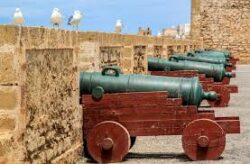
A slow decline followed as the following decades saw the rise of other ports with deeper waters such as El Jadida, Tangier, Casablanca, Agadir.
But the shipyard survived the historical and economic upheavals. Today, it can be easily visited. Here trawlers, sardine boats and longline fishing vessels are maintained, restored or built entirely by shipwrights using traditional techniques. Finding yourself between the different hulls of the boats, you are struck by the very particular smells of wood that add to the scents of the sea and fresh fish. Eucalyptus is the species mainly used for construction, but also mahogany, red fir and teak. The work is done manually, with few tools and the assemblies are impressive. We are amazed by the beauty of the shapes, the suppleness of the materials, the tapered lines of the hulls. The ease, the pleasure and the heart that the talented craftsmen seem to put to work are just amazing. They greet visitors with their wide smiles, too happy and proud that their know-how is admired. It will take them about a year to complete their boat, to ensure the stability, unsinkability and solidity that will allow it to set sail and face the rollers of the Atlantic Ocean.
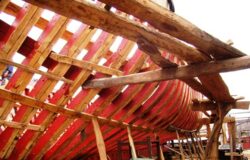
The brave fishermen will bring back in their nets pageots, hake, sardines, seabream, mullet, sharks, swordfishes, soles, mostelles, spider crabs, lobsters… for our greatest pleasure as gourmets.
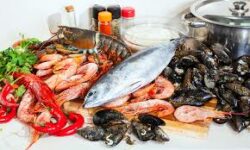
At dusk, the silhouette of the quadrangular fort, flanked by watchtowers, stands out to watch over the port. One inevitably thinks of the mysterious black and white images in Orson Welles’ film. And in the nocturnal silence that settles in, we wait to see the imposing and shadowy stature of the enigmatic Moor Othello.
